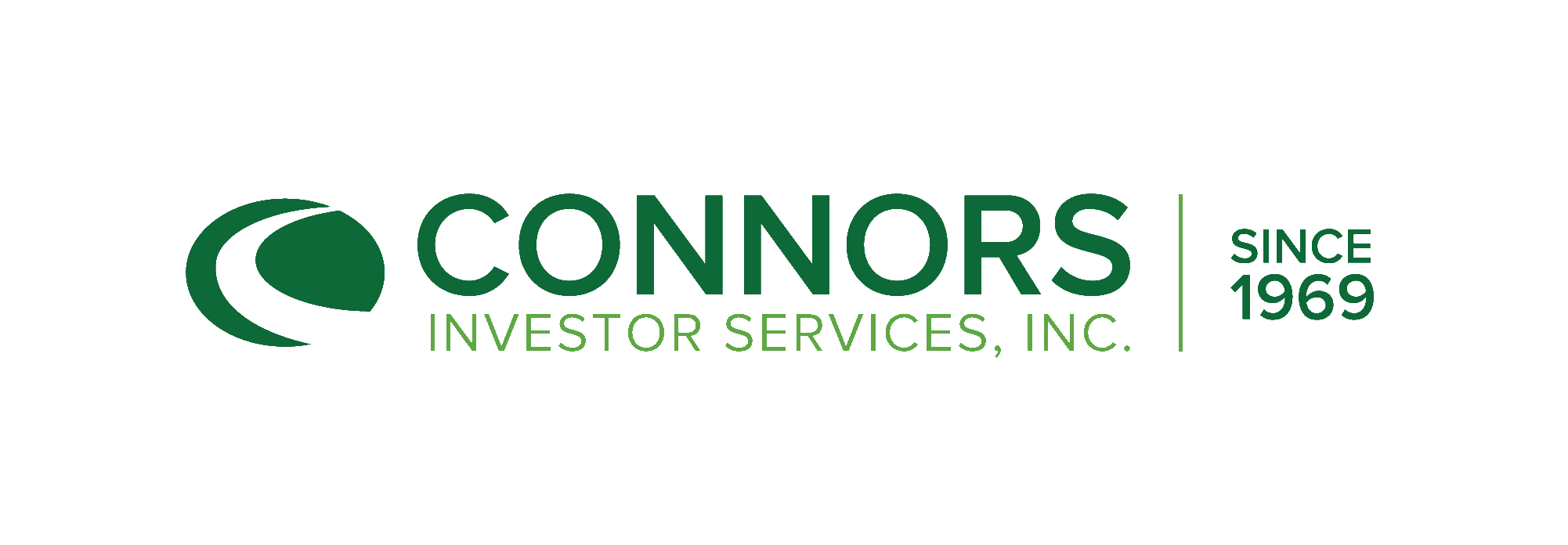2021 Q2 Small Companies Comments
by Brian G. McCoy, CFA, on July 01, 2021
Markets delivered another positive quarter of gains as more distance was gained from the depths of the pandemic crisis. Domestically, vaccination efforts have proved largely successful as rates of infection and deaths have significantly declined. This success has fostered increasing confidence throughout the country as most people get back to normal activities. This is also fortunately reflected in economic activity regaining strength. Small business optimism and consumer confidence are allowing for strong gains in employment, manufacturing data have significantly recovered as have corporate profits.
Further supporting corporate profits and equity markets is an exceptionally accommodative monetary policy employed by the Federal Reserve and stimulative fiscal policy by the administration. Fed Chairman Jerome Powell has clearly articulated its focus is getting the U.S. back to full employment, which with unemployment at 5.9% is still some way off. These positives do not come without controversy, however, as politicians, economists and investors vigorously debate the need for continuing such easy money policies and their possible ramifications going forward. Most notably, whether the recent increase in inflation is transitory or more long lasting.
Lovesac (LOVE), a specialty furniture company, continued to be among our top performers as management has developed an innovative modular sofa product that is resonating well with consumers. They have deftly and flexibly met consumer purchasing preferences throughout the economic turmoil which seems to be continuing as the economy reopens. A new product introduction which will expand its product line has been delayed somewhat due to supply chain issues but continues to be anticipated this year.
PDC Energy (PDCE), an oil and gas company, was also a top performer in the quarter as oil prices continued to be strong. As many exploration and production companies have done, management has articulated a multi-year plan on balancing production, cash flow and debt reduction to drive shareholder value. It additionally followed through on initiating a dividend at approximately 1% yield.
AMN Healthcare (AMN), a provider of healthcare staffing services, rounded out our quarterly leaders as aging demographics is placing both supply and demand pressure on staffing healthcare systems. These secular demands and pricing power have led to numerous positive earnings surprises and solid fundamental prospects for the foreseeable future.
We continued an increased level of activity relative to the prior year as turnover was approximately 9% for the quarter, partly driven by two company acquisitions during the quarter. As highlighted previously, we sold ORBC on its announced acquisition. Additionally, we sold QTS Realty Trust (QTS) upon its 23% purchase premium by Blackstone Group. QTS is a data center REIT that proved a successful investment for the portfolio. Rounding out our selling activity, we trimmed LOVE for a second time this year, taking advantage of outsized relative gains.
We put our realized gains to work in a number of existing holdings that included HealthStream (HSTM), Green Dot (GDOT), Akoustis Technologies (AKTS) and Calavo Growers (CVGW). Further, we added TPI Composites (TPIC) and Easterly Government Properties (DEA) to the portfolio. TPIC is a global manufacturer of wind blades and DEA is a government agency niche focused REIT.
To start the second quarter, we are overweight Energy, Financials, Consumer Discretionary, and Technology. While matching the benchmark in Industrial exposure, the portfolio is underweight Healthcare, Consumer Staples, Real Estate, and Materials, and we currently have no holdings in Communications or Utilities.
General Outlook, Current Positioning/Strategy
The market is clearly anticipating a stabilizing and strengthening economy, with some in the most optimistic camp suggesting a post-WWII-like environment. However, key obstacles remain: labor participation rates (particularly in the retail, restaurant, and manufacturing sectors), inventory imbalances and demand shifts stemming from the economic shutdown, unprecedented stay-at-home policies and government intervention.
These effects are creating inflationary impacts in most areas of the economy. Whether inflationary effects are temporary or longer-lasting seems to be up for debate, not unexpectedly. The Federal Reserve has forecasted a spike in prices as the U.S. economy reopens, and even legendary investor Warren Buffet said during Berkshire Hathaway’s annual meeting in May that he is seeing “very substantial inflation” and his companies are raising prices.
Federal Reserve Chairman Jerome Powell and other officials contend that the recent spike reflects the effects from demand supply imbalances resulting from the pandemic. The Fed has made clear it doesn’t expect inflation to prove stubborn and is willing to tolerate an economy that runs hot and pushes inflation above its usual target of 2% for an unspecified period before pulling back on its extraordinary monetary stimulus efforts.
To meet these challenges, as our dynamic economy has demonstrated for many years, companies are being creative to manage these costs. In regard to employment demands, the rise of remote work driven by the pandemic has allowed companies to be more flexible in hiring qualified individuals without their having to move to work in central locations. Not only does this broaden the pool of candidates but in some instances savings in real estate costs are partially offsetting higher employment costs. Additionally, some companies are able to adapt product designs to address material supply issues. In short, management teams are working to do the “block and tackling” to maintain profitability.
Further, higher costs are also in some cases being matched with less discounting and/or raising prices. This seems to be, at least for now, stickier than in recent years as consumers are accepting the narrative to expect higher costs. As we enter the reporting period for second quarter earnings results, we will be focusing on how these efforts are progressing for our portfolio companies and potential candidates and how the competing trends will be affecting profitability.
Aside from inflation, in fact a key contributor to it, our economy continues to recover, employment continues to move upward and consumer confidence is relatively high as financial conditions are relatively strong. Driving this is accommodative fiscal and monetary policy with low interest rates and plenty of cash both at the corporate and consumer levels. The Fed has slightly moved up its timeline for higher interest rates but for now, stimulative conditions should persist.
For our small cap asset class, we are optimistic on the return prospects for the foreseeable future. Not only is the economy recovering and supportive of corporate profits, but small company stocks generally outperform other asset classes in inflationary environments. As we indicated in our previous commentary, valuations are a concern at an absolute level as we look at the Russell 2000® but on a relative basis to larger companies there are attractive valuations among smaller companies. Additionally, as we noted the two acquisitions in our own portfolio, larger companies and private equity firms with lots of cash may drive continued acquisition activity which may boost smaller company valuations. Institutionally, also supporting our encouragement, the asset class seems to be gaining favor and allocation.
In conclusion, the concerns over inflation are real and must be taken seriously as it can prove to have an insidious effect on corporate profits and must be closely monitored. Though the major market indexes may not have significant moves, we expect heightened volatility within them, driven by investor debate over “opening economy” stocks and “defensive” stocks as concerns over vaccination rates and variants of the virus potentially impact economic activity and dominate headlines. This volatility would naturally be greater within the small cap asset class but it also presents opportunity.
Thank you for your continued confidence and enjoy your summer.
Learn more about the Connors Small Companies Strategy including access to materials and commentary...
Important Disclosure Information
This material is being provided for informational purposes only. Any information should not be deemed a recommendation to buy, hold or sell any security. Certain information has been obtained from third-party sources we consider reliable, but we do not guarantee that such information is accurate or complete. This report is not a complete description of the securities, markets, or developments referred to in this material and does not include all available data necessary for making an investment decision. Prior to making an investment decision, please consult with your financial advisor about your individual situation. Investing involves risk and you may incur a profit or loss regardless of strategy selected. There is no guarantee that the statements, opinions or forecasts provided herein will prove to be correct. Opinions are subject to change without notice.
Please remember that past performance may not be indicative of future results. Different types of investments involve varying degrees of risk, and there can be no assurance that the future performance of any specific investment, investment strategy, or product (including the investments and/or investment strategies recommended or undertaken by Connors Investor Services, Inc. [“Connors]), or any non-investment related content, made reference to directly or indirectly in this commentary will be profitable, equal any corresponding indicated historical performance level(s), be suitable for your portfolio or individual situation, or prove successful. Due to various factors, including changing market conditions and/or applicable laws, the content may no longer be reflective of current opinions or positions. Moreover, you should not assume that any discussion or information contained in this commentary serves as the receipt of, or as a substitute for, personalized investment advice from Connors. Historical performance results for investment indices, benchmarks, and/or categories have been provided for general informational/comparison purposes only, and generally do not reflect the deduction of transaction and/or custodial charges, the deduction of an investment management fee, nor the impact of taxes, the incurrence of which would have the effect of decreasing historical performance results. It should not be assumed that your Connors account holdings correspond directly to any comparative indices or categories. Please Also Note: (1) performance results do not reflect the impact of taxes; (2) comparative benchmarks/indices may be more or less volatile than your Connors accounts; and, (3) a description of each comparative benchmark/index is available upon request.







